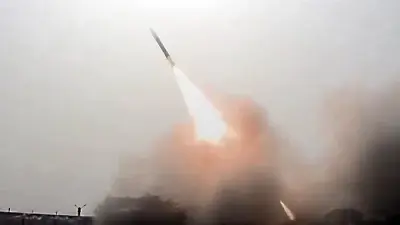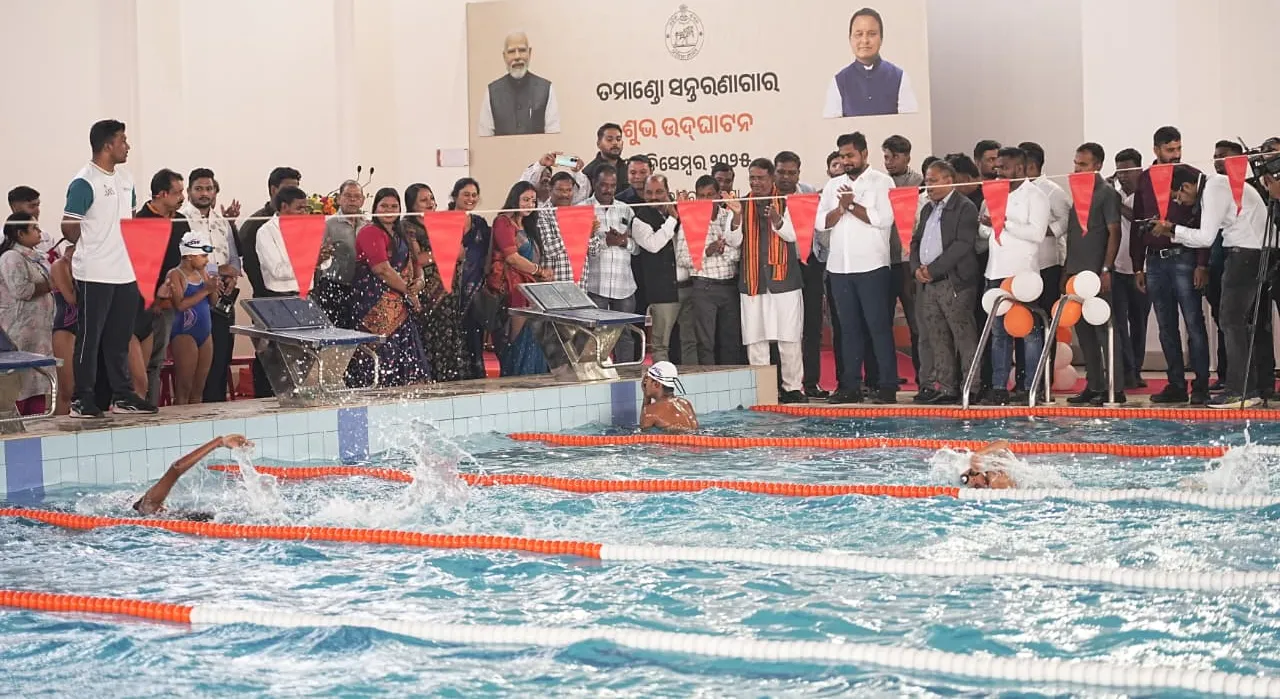

Bhubaneswar, Dec 29: A new 25-meter indoor swimming pool was inaugurated today at the Government College of Physical Education (GCPE) campus in Tamando, Bhubaneswar.
Suryabanshi Suraj, Minister for Sports and Youth Services, dedicated the project to the public. The facility was constructed by the Odisha Bridge & Construction Corporation (OBCC) at an estimated cost of ₹11.69 crore.
During his address, Minister Suraj highlighted that swimming offers the greatest potential for winning medals for the country. Consequently, the State Government has initiated work to establish swimming pools in 13 more districts.
On this occasion, the Minister also reviewed the progress of the football ground and synthetic athletic track, which are currently being developed by the Odisha State Police Housing & Welfare Corporation (OPHWC).
Suraj also extended his best wishes and congratulations to all the young sporting talents present.
He encouraged the athletes to strive for success at both national and international levels to bring pride and glory to the state.